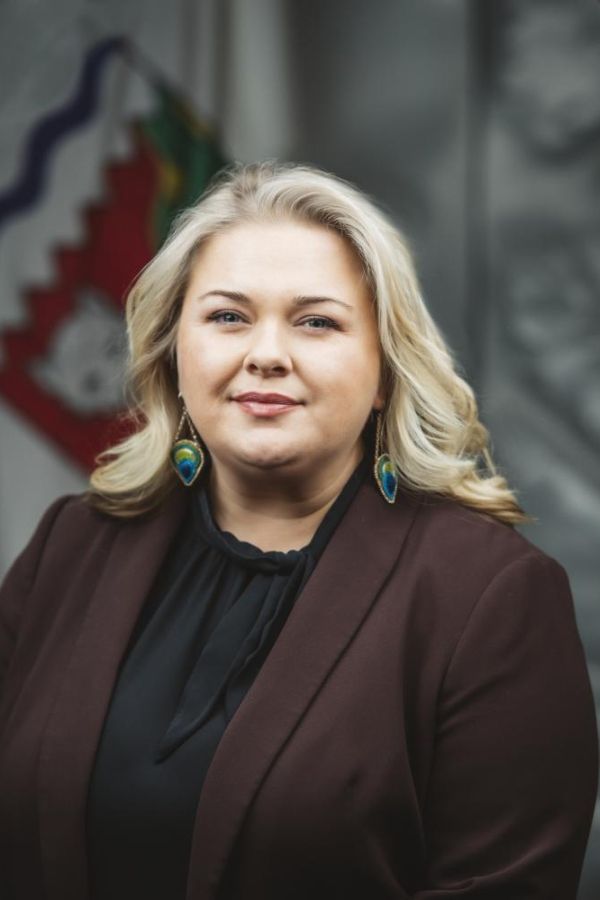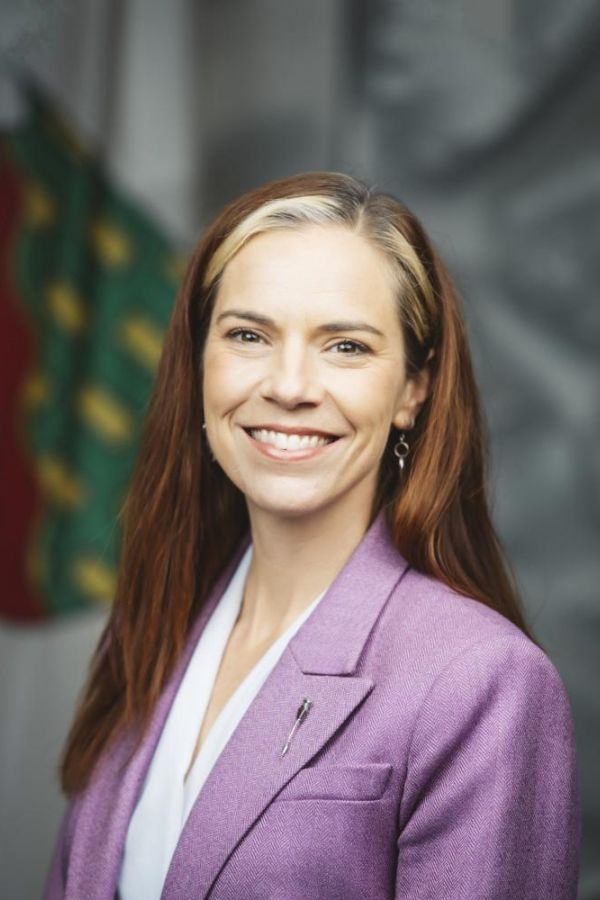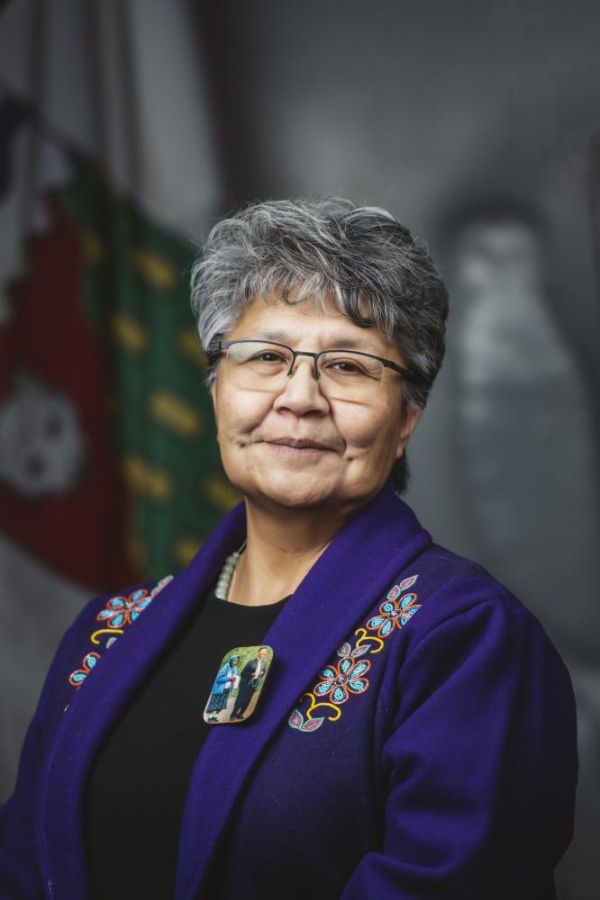Debates of October 25, 2022 (day 125)
Minister’s Statement 276-19(2): Airport Improvements
Mr. Speaker, making strategic investments in our transportation system is one of the mandates of the 19th Legislative Assembly and modernizing Northwest Territories airport infrastructure will help to achieve this. Investing in airport improvements keeps our communities connected while reducing the cost of living and supporting economic opportunities. Given our vast territory and dispersed communities, air travel is essential for Northern residents, businesses, and tourists.
The GNWT manages 27 public airports that support vital services, including community resupply, air ambulance, search and rescue, forest fire response, and much more. Investing in our airports not only improves the delivery of safe and efficient transportation but also provides jobs, skills, training, and economic opportunities to communities and residents. In fact, a total of 200 Northerners are employed directly through our airports. This does not include jobs created through special projects, such as the capital construction projects.
Mr. Speaker, for many communities across the North, air travel is an essential service. For this reason, airport maintenance, and improvement activities are particularly important to ensure safe and efficient travel.
With this in mind, the Department of Infrastructure is completing work at some of our regional airports. We are undertaking drainage improvements at Sachs Harbour, Fort McPherson, Paulatuk, Jean Marie, and Sambaa K'e airports to increase the resiliency of these airports to the effects of climate change. Upgrades are being made to the air terminal buildings in Fort McPherson, Norman Wells, Wrigley, and Paulatuk to improve the travel experience at these airports.
A granular production and supply program was completed for Whati to replenish the airport’s maintenance gravel stockpile for summer maintenance training. Additional material was stockpiled in Whati to be transported over the winter road to Gameti airport to replenish that airport’s maintenance stockpile.
During the summer maintenance training program, granular material was placed on the Fort Resolution runway to reestablish the crown and promote surface drainage. Runway improvements are also being made in Inuvik, and I will be providing further details on the Inuvik Runway Project in a separate statement.
Mr. Speaker, with support from Transport Canada’s Airport Capital Assistance Program, or ACAP, investments in safety are taking place in several airports across the territory.
The airfield in Yellowknife has recently completed drainage rehabilitation work; Fort Simpson’s airfield lighting is being replaced; and, Fort Smith is improving existing air side surface overlays. Additionally, mobile equipment that is nearing the end of its lifecycle are being replaced with support from ACAP in Hay River, Fort Simpson, and Inuvik. ACAP is critical to supporting our commitment to building capacity and supporting safe and efficient travel, and we appreciate the support of the federal government in helping us to maintain safe, modern, and reliable infrastructure here in the North.
In Inuvik, work is planned to replace the airport terminal building at the Mike Zubko Airport, which includes a new publicly accessible and modern air terminal building and a separate service building. This is due to start in winter 2023.
Mr. Speaker, improvements are also ongoing at the Yellowknife Airport. The 20year master plan is close to being completed. The master plan considers flight and passenger traffic, infrastructure, commercial development, and changes to the governance model. Once complete, it will be able to provide a vision for the airport that will balance economic, strategic, social, and environmental sustainability with operational and regulatory needs.
Engagement played a crucial part in the development of the plan. That engagement included other GNWT departments and the City of Yellowknife, as well as a public survey for residents to provide their feedback on the final two options for the future development of the Yellowknife Airport.
I also want to mention that the new board of the Yellowknife Airport Economic Advisory Committee held its inaugural meeting in June and recently held its second meeting. The advisory committee plays an integral role in shaping the economic future of the airport; and, in turn, has a profound effect on industry stakeholders, as well as residents of the Northwest Territories.
Mr. Speaker, the GNWT will continue to invest in all of our airports. By working closely with communities and the federal government to secure funding, and we will keep our communities connected while supporting opportunities for Northerners. Thank you, Mr. Speaker. Quyananni, Mr. Speaker.
Thank you, Minister. Ministers' statements. Minister responsible for Health and Social Services.

















